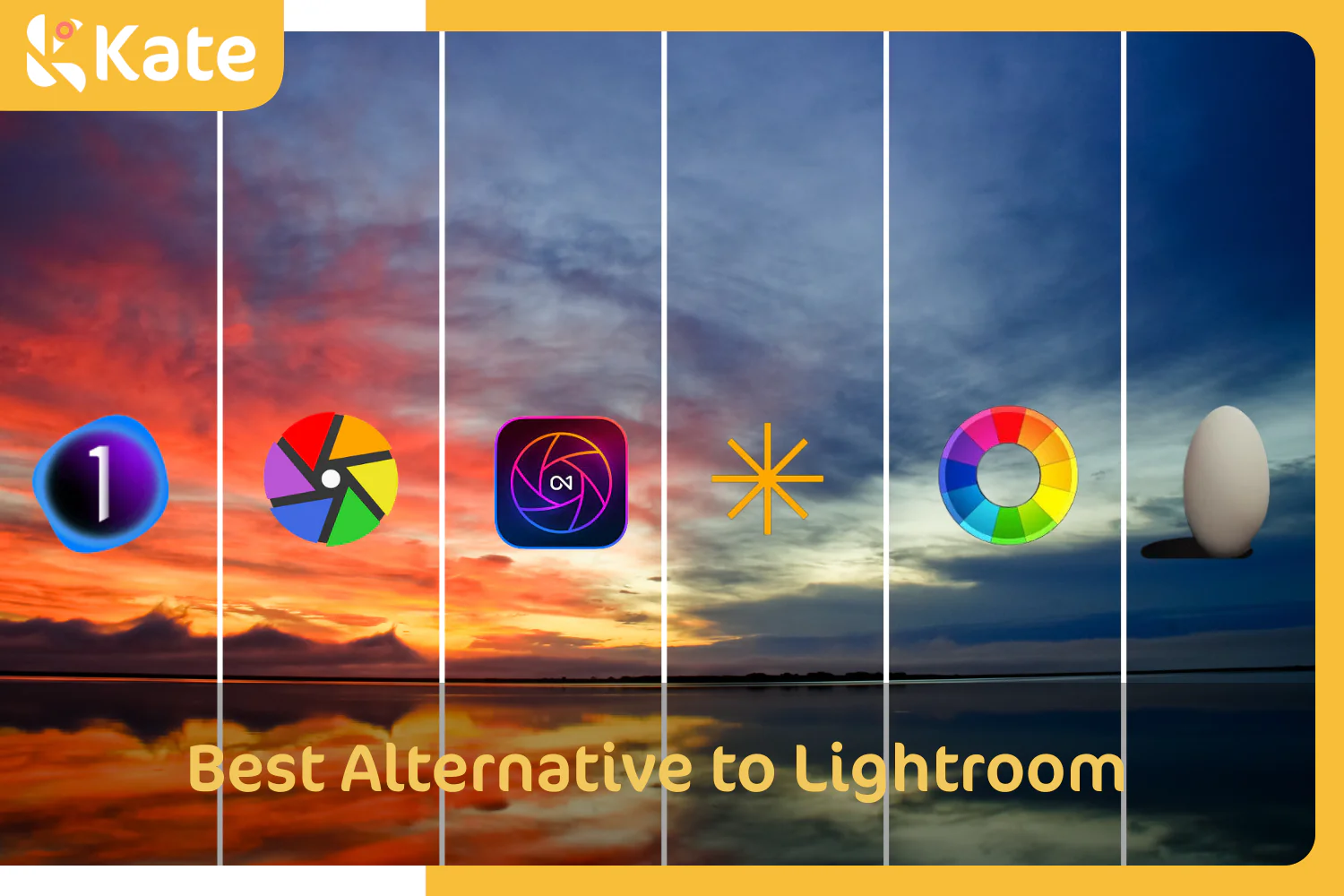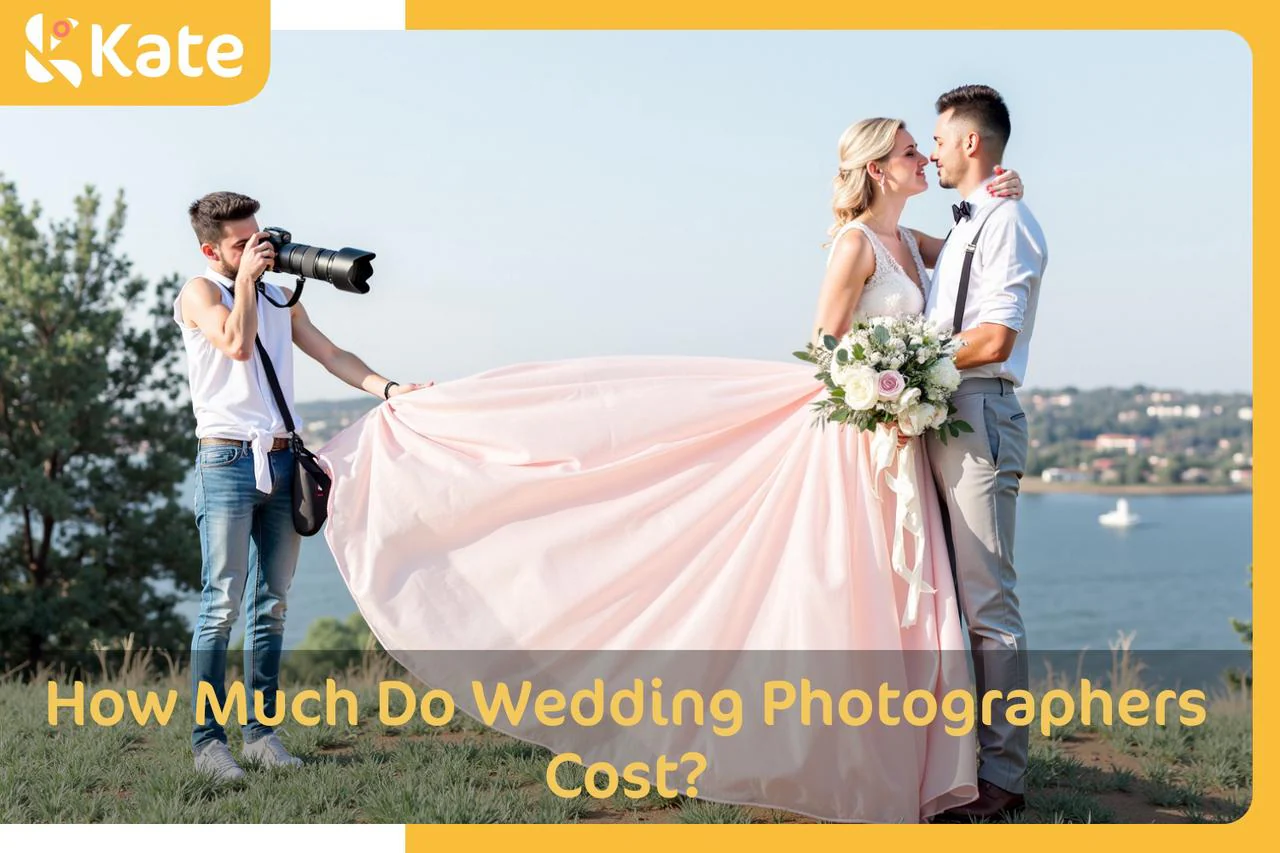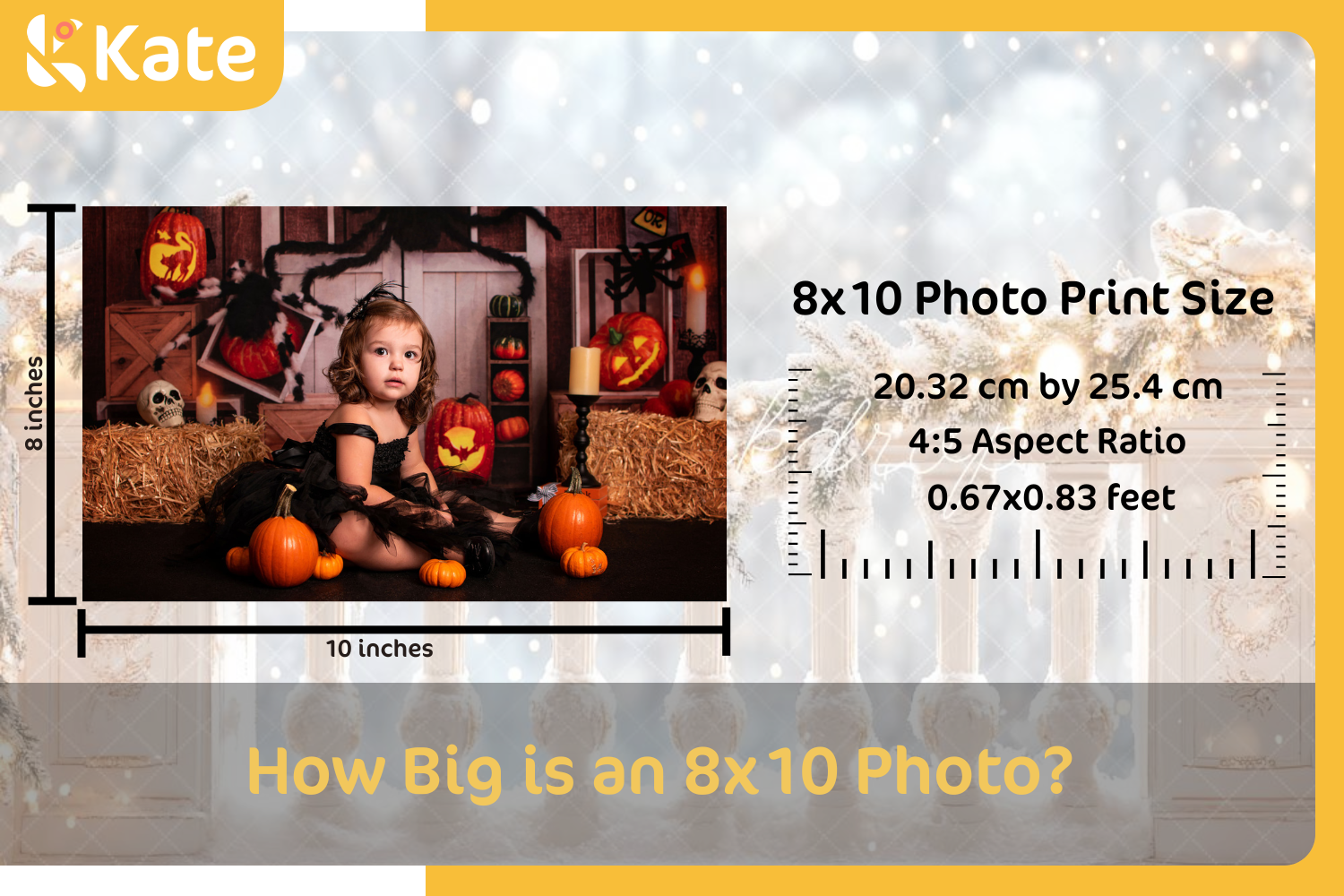A Beginner's Guide to Full Body Photography: Camera Settings | Lens | Posing Tips

Well, if you are a photographer or want to be one, you necessarily have those full-body shots you want to take after seeing how other photographers take them— those great shots that fill magazines and billboards and other spaces that make up the places people live in. Well, this is not as difficult as it sounds.
In this article, you will learn about full-body photography, what it takes to create priceless full-body photos, and what is needed to do so.
What Is Full Body Photography?
Full-body photography is a type of photography that involves capturing the model from head to toe. It shows the features, proportions, and, most essentially, the personality, as against either the headshot or lifestyle.
It is the capturing of an individual's image at a distance, with the whole body included in the photograph.
There are three types of portrait lengths:
1. Head and Shoulders
You can also call it a bust portrait. As the name itself suggests, in this only the head and the shoulder of the subject are captured. Since they are frills, in this case, you cut out the background and the rest of the body.

2. Three Quarter Length
This style is that in which you take a photograph in a way that the view presents the subject from the top of their head to their mid-thigh or below their knee.
Most of the photographers believe that this particular portrait isn't that much in demand. The very reason is that it provides a partial vagueness of the subject.
3. Full Length
The full-length portrait discloses the full body of the subject in a shot from head to toes.
Artists use full length when they literally want to bring the environment or background of the photo in and thereby give it a complete look, besides adding more context to the photo.
Camera Setting for Full Body Photography
This is to help you understand how to use your camera settings to take tremendous photographs of the full body.ra Settings for Full-Body Photography.
You will want to have a few on hand since you will take well-exposed and well-composed focuses of the entire body.

Kate Retro Wall Backdrop Old Blue Designed by Chain Photography
1. The Drive Mode
Different kinds of cameras, including the DSLR, have a number of drive mode settings, one being the single shooting mode, in which the settings are made individually.
- Single shooting mode: This permits capturing one shot at a time. It is the best mode to use if your subject is not moving around too much or even posed.
- Burst mode: Ideal for taking full-body shots, it captures several photos in a row and within a very short duration. This makes it suitable during times when the subject is moving too much.
2. The Shutter Speed and ISO
If the model is in low lighting, you will have to use a slow shutter speed so that maximum light can enter the lens and hit the sensor and a higher ISO so that your picture is not very dark.
But if your subject is in good lighting, then you use a fast shutter speed and consider using a lower ISO.
The lighting set-ups can be modified to some degree with the help of a softbox and reflector.
3. Picture Style
This setting on your camera can change the nature in which your photos look. Taking pictures with these settings when doing full-body shots make a more naturalistic photograph.

Kate Deep Green and Brown Texture Abstract Background Photos Backdrop
4. White Balance
This is changing the color temperature of an image. There are so many different settings that can be used, depending on the type of light available. You need to choose one that fits the light that will be present for your environmental portraits.
5. File Format
This is the place that will enable you to set your file format for the photos. The two most popular file formats are JPEG and RAW.
For full-body shots, it's best that you use the RAW file format because if you want to edit the photo later, you don't lose a single detail.
6. Impact Focus
This is one of the best setups for full-body shots. You want to put more focus on the subject and don't need much of the background.
One tip for photographing this is to use your single-point autofocus setting.
Lens Selections for Full Body Photography
Some of the most important aspects to remember, while choosing the best full body photography lenses, are focal length.
It depicts the distance between a lens and a subject where you want the focus. It will further indicate how much of the subject will get into focus and what its depth of field is.

Kate Dark Chocolate Texture Abstract Background Photos Backdrop Portait
Full-body photographs can so be shot with very many lenses depending on the specific look you are trying to achieve.
1. 35MM Lens
It's okay to use this wide-angle lens to shoot whole-body pictures. Be sure to make your picture's subject-centered when you take the shot; otherwise, on the edge of the lens, it appears that there's some distortion.
When shooting your subject at an angle, the best position for your camera should be lower facing upwards. The main reason for this is to add length to your subject's legs, and thus they will appear taller.
2. 50MM Lens
It's a pretty average lens in terms of what can be shot on it. On the other hand, this is not as wide as a 35mm, so you won't have as much distortion.
It also works great if you're really into close-ups.
3. 85MM and 105MM Lenses
These are telephoto lenses and capture very close shots of the face and body of your subject. You need to use a 105 mm lens, so you have to step further back to take a full-body photograph of your subject.
However, this weakens the communication between you and your subject, making it difficult to give directions.

Posing Tips for Full Length Portraits
Some body language tips in a full-body pose for a full-length portrait that you will want to follow in order to put your best foot forward are:
- Push your ears forward: Sounds weird, but this really helps to make a big difference as to what your face looks like in photos. When one pushes the ears forward, it kind of creates the impression that you have a slimmer face. It also gives you a more engaging look and helps to smooth out your jawline for better-looking photos.
- Shift your weight: From above, you can see how pressing your weight on the back leg and foot provides a very flattering S-curve line. Just be careful not to do that too much, as it puts you completely on the back of your heels.
- Slightly bend from your waist: This way of standing will have an elongated effect on your body and make you look like you have a slimmer profile, therefore corresponding to one of the very widespread model poses.

- Distance Your Torso From Your Arm: That can be achieved by slightly bending your elbow and bringing your hand up to chest level, not locked at your side. It can also create a better elongated shape of your frame.
- Do Not Face Directly Towards a Camera but Slightly Angle Your Body: This helps you obtain a slimmer look.
- Stand up straight: You want to avoid standing like a sack of potatoes, since it tends to make you look wider and shorter. Stand up tall and proud to look taller and slender.
- Change Your Position: Put in a little effort to walk about, swish that skirt or dress, and maybe even do a bit of dancing. The whole idea is to see some life and move in the portrait, thus creating a more explosive and complimentary look.
Conclusion
It can seem terrifying at first, but taking full-body photographs is possibly among the most fulling genres you can try.
Not only will you show off the subject's creativity in your talent and composition, but you will also capture it in all its glory. With a little bit of practice, you can make top-class images in full body that are stunning to the eye.
If you like this article, please share it! Be sure to join our FB Group: https://www.facebook.com/groups/Katebackdrops/. to share your ideas! You can also receive free articles, updates as well as discounts information from https://www.katebackdrop.com/ and our FB Group.
















 Christmas Fireplace
Christmas Fireplace



